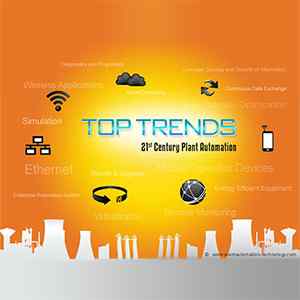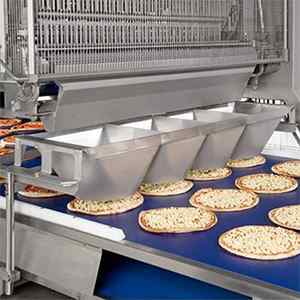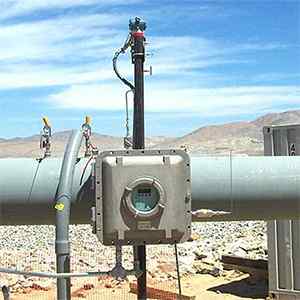Top Trends of 21st Century Plant Automation

In today’s world any production process doesn’t stay the same for long. It is the result of the constant evolution of technology update and advancements in the plant running process. These updates are the result of the stringent technology automation in the production processes. Plant automation technology has seen a drastic advancements and there never a slow down or stagnancy in the developments because of any factors like market downturn etc.
Ethernet continues to increase with the protocol additions to the plants safety, motion, and energy. The growing development is controllers that have standard TCP/IP connection in addition to industrial Ethernet protocol connections, which are used to communicate information directly to the business enterprise systems. While, the ethernet is also driving to sensors and the most interesting is that smarter devices are becoming available.
Wireless Applications continue to expand with two major developments. The Chinese industrial sensor network standard, the WIA-PA outperforms the existing WirelessHART and ISA100 camps. The second stands the WSAN, Wireless Sensor Actuator Network, is be being specified as a wireless network solutions for discrete devices including, proximity sensors, light barriers, pilot devices, pneumatic/hydraulic actuators and I/O modules.
Virtualization is embraced by users in plant operations, because of its easy to deploy feature, increase in performance, and yields big savings.
Mobile Operator Devices like smart phones usage is adapted in the remote and smart operation of the plant. The iPad and other tablet computers adaption has dramatically grown in the recent years.
Remote Monitoring has been growing with the need of experts for certain areas of plant operations. Fieldbus Foundation has launched Remote Operations Management (ROM) solution last year that provides a single integrated infrastructure built specifically for process automation. Cellular phone technology is in usage to implement remote monitoring since it is readily available and easy to deploy.
Leverage, Synergy and Security of Information
The information leverage is working to the extent that users and suppliers going beyond software dashboards to use the power of computing to create actionable information and, in some cases, advanced control. Another plant automation information breakthrough is synergy in information and started with the workflow software integration between enterprise and automation systems. While, the security of all the automation and other information flowing in the system is taken care by the information security systems.
Enterprise Automation System is an integrated software solution that truly adapted by few suppliers, because majority still hasn’t integrated fully and therefore a cohesive enterprise control system is not available globally.
Simulation of the plant operations make the equipment set-up a more established and results in greater optimization. In the year 2012, the simulation use increased considerably. The ability to test the plant or system before starting is the major edge of simulation and the set-up costs are prominently reduced in all the ways.
Raw Materials Optimization is an emerging area, which a small number of companies are applying. This advanced optimization of materials is to increase efficiency. The process brings in competitive advantage in the processes of the companies.
Diagnostics and Prognostics are the plant operation performance detection and forecasting techniques of the plant automation. The current era is depending on the sensors for vibration or temperature in the process of monitoring of smooth operations or detecting if any thing is not in place. Whereas the prognostics almost replaced diagnostics with its predictive intelligence. Therefore, now plant tools determines when maintenance needs arises or any part replacement in advance before the process face loss with break down and other issues.
Continuous Data Exchange and full operations control is taking place in plant operations irrespective of the location of the operator. This is equipped with greater security in the control systems and hence the plants became part of extended networks.
Cloud Computing is an impeccable intellectual and emotional breakthrough in automation of plants. The plant sharing data in network of customers and suppliers is an add on to the process simplification. Hence, plant technology is on the cloud. Though, this has already occurred to some extent with remote monitoring by vendors to keep updating as they are developed.
Energy Efficient Equipment is majorly the motors and drives that saw advances by cutting down on consumption. Even the wireless steam trap monitors, clever combustion control are among the energy efficient equipment. The sophisticated approaches in machines to save energy by taking advantage of using regenerative forces to transfer energy created within the machine from drives and hydraulics are implemente which dramatically lowers energy consumption.
Retrofit & Upgrade
Almost every automation supplier has a wiring system and some offer a software conversion program to move customers from an old system to a newer one, preserving existing sensor wiring. Many users see more value in leaving the systems as is and bolting on new functions. Software add-ons at the top end of these older systems are used to add asset management, advanced control, and other functions. Gateways have become extremely popular to add newer controllers, sensors, and wireless sensors to existing systems at the bottom end. The life of the I/O hardware, controllers, and sensors of old systems are proving to be far longer than the 10-year life originally envisioned.











